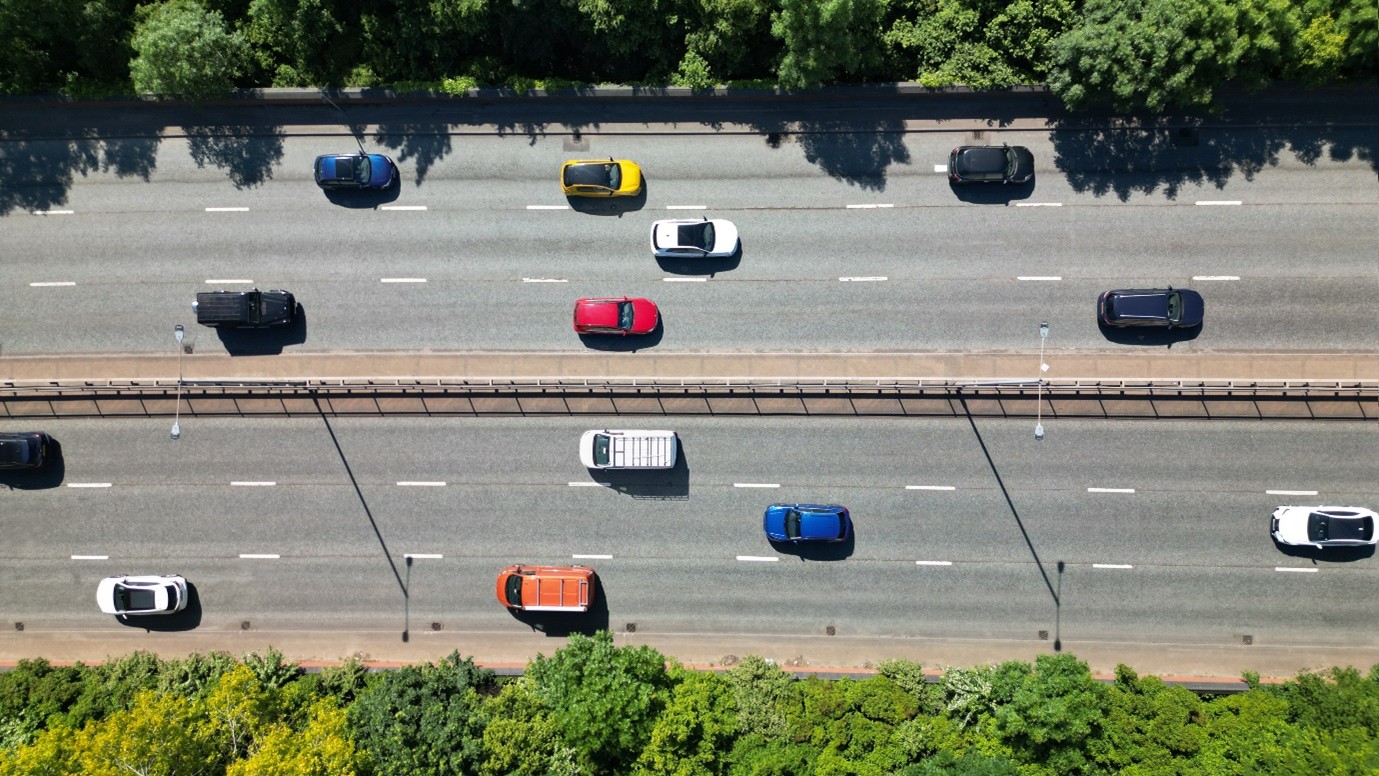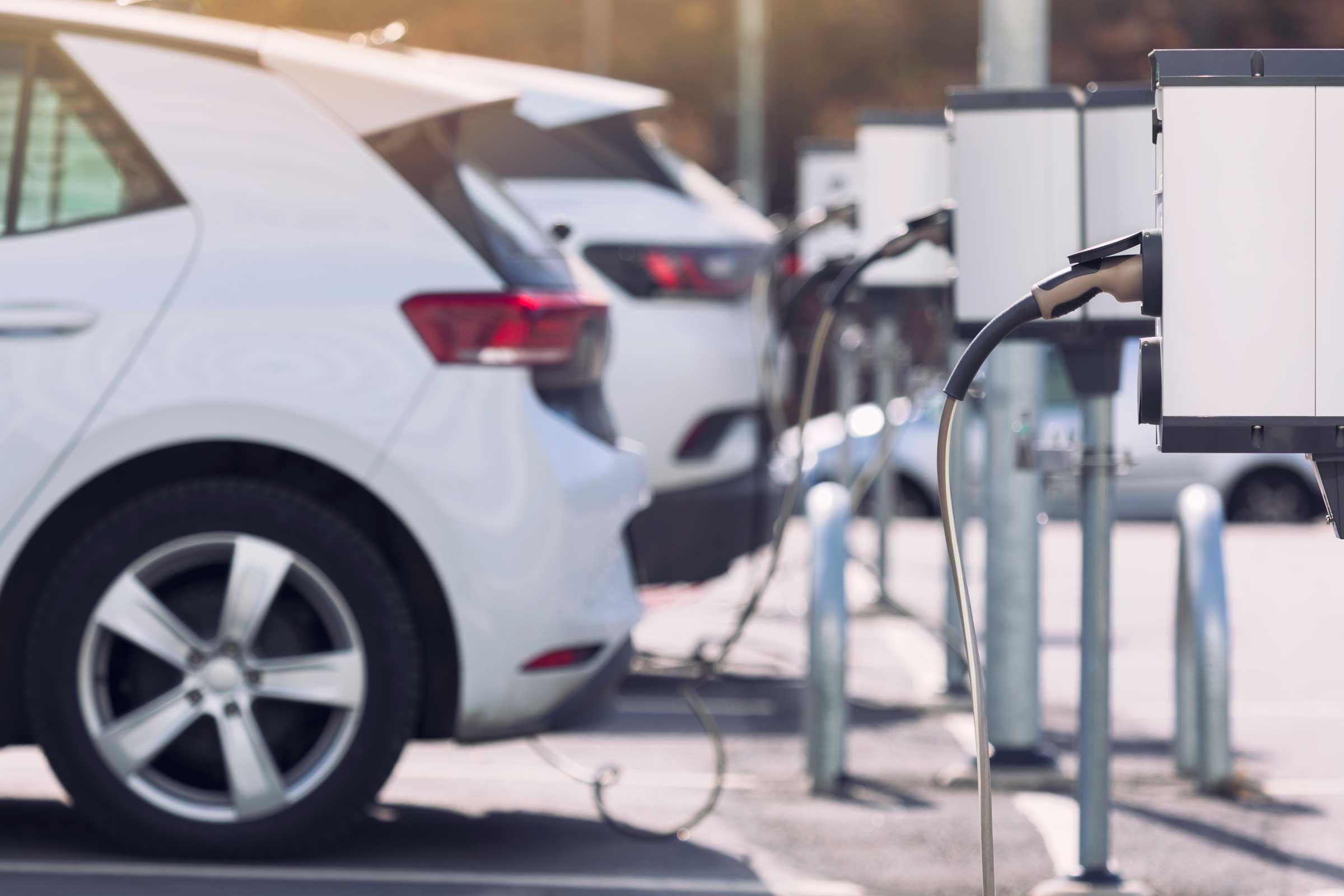Australia is committed to net-zero emissions by 2050, as part of our obligations under the Kyoto Protocol(Opens in a new tab/window) and the Paris Agreement(Opens in a new tab/window). Currently, transport makes up 22.4% of emissions in Australia, with light vehicles contributing 71% of transport emissions. The NVES will help Australia to achieve its net-zero objective by 2050.
Visit the Department of Climate Change, Energy, Environment and Waters' Annual Climate Change Statement 2024(Opens in a new tab/window) to learn more.
By 2050, the NVES aims to deliver Australians around $95 billion in fuel savings, $5 billion in health savings, and improved fuel security. Australians who are in the market for a new car will also have a greater choice of cars which are more fuel-efficient and better for the environment. Over 85% of the global car market has a fuel efficiency standard in place, including the European Union (EU), United States of America (USA), New Zealand, China, India and Japan.
Visit the Department of Infrastructure, Transport, Regional Development, Communications, Sport and the Arts NVES Impact Analysis 2024(Opens in a new tab/window) to learn more.
The New Vehicle Efficiency Standard Act 2024(Opens in a new tab/window) (NVES Act) is a regulatory measure which sets an average carbon dioxide (CO2) emissions target for new light passenger vehicles such as sedans and sport utility vehicles (SUVs), and light commercial vehicles such as utility vehicles (utes) and vans, in Australia.
The NVES Act came into effect on 1 January 2025, setting out the obligations of regulated entities, including the emissions targets for the first 5 years of operation.
The emissions targets for 2025 to 2030 can be found here.
The accumulation of units and potential penalties began on 1 July 2025. Over time, the emissions targets will be lowered to become more stringent and encourage the supply of more fuel-efficient vehicles year-on-year in the Australia market.
The NVES motivates supply of fuel-efficient, low or zero emissions vehicles
On 1 July 2025 compliance with the NVES Act began. Entities have a duty to meet or beat the emissions targets for the vehicles they supply to the Australian market. Entities who have beaten the target in a performance period will be issued units.
Entities who have not met the target can:
- supply more fuel-efficient, low or zero emission vehicles over the subsequent performance period
- purchase units from other NVES entities to offset their emissions values.
If an entity has failed to meet or beat the requirement within 2 years, they are liable to pay a penalty.












